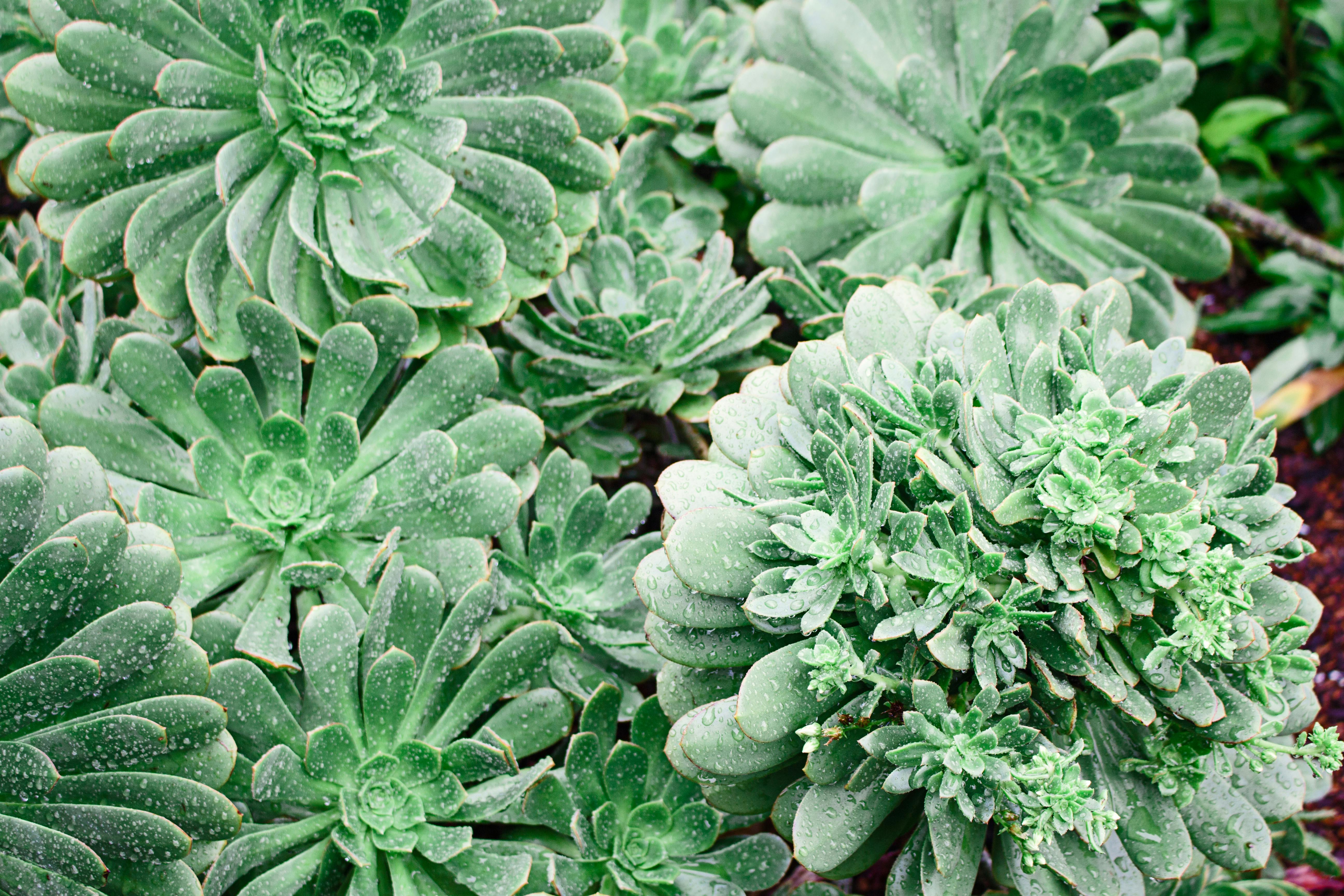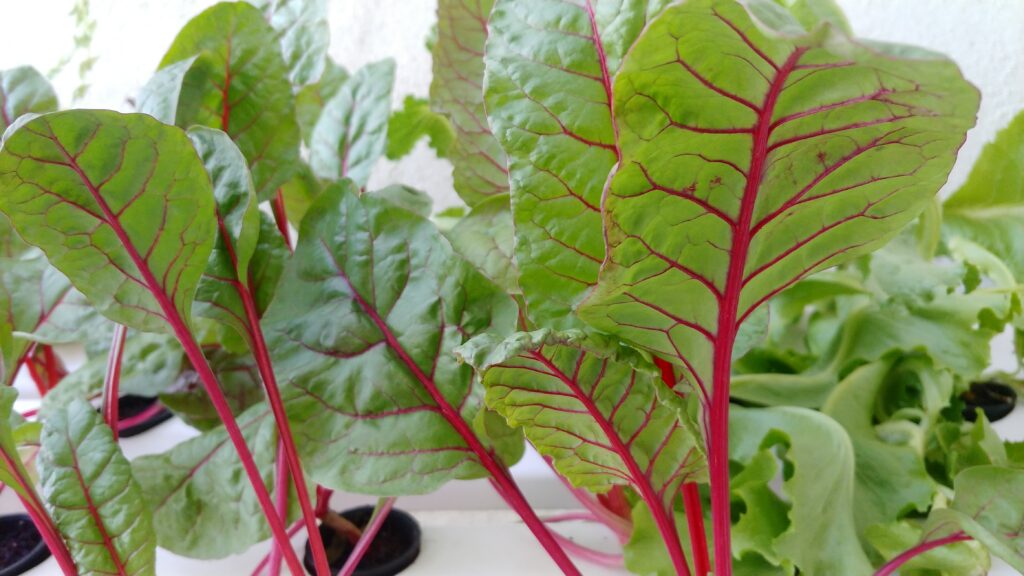Have you ever wondered if hydroponics is more cost-effective than traditional soil-based gardening? Well, in this article, we will explore the question of whether hydroponics is indeed cheaper than soil. By comparing the two methods in terms of initial setup costs, maintenance expenses, and long-term savings, we aim to help you determine which approach is the better investment for your gardening needs. So, if you’re curious about which method provides a greater bang for your buck, keep on reading!
Cost of Setup and Equipment
Initial Investment
When it comes to the cost of setting up a hydroponic system compared to traditional soil farming, there are certain upfront expenses involved. In a hydroponic system, you will need to invest in equipment such as grow lights, pumps, reservoirs, and nutrient solutions. While these initial costs may seem high, they can be offset by the increased efficiency and productivity offered by hydroponics.
Equipment Costs
The equipment costs for a hydroponic system can vary depending on the scale and complexity of the setup. However, it is important to note that hydroponics does not require the use of expensive agricultural machinery like tractors or plows. Instead, the focus is on specialized equipment such as grow lights, nutrient delivery systems, and climate control mechanisms. These costs can be managed by carefully selecting the equipment that aligns with your needs and budget.
Maintenance and Operating Costs
Another factor to consider is the ongoing maintenance and operating costs of a hydroponic system. While hydroponics does require regular monitoring and adjustments to ensure optimal plant growth, the overall maintenance costs can be lower compared to traditional soil farming. Hydroponic systems often use less water and require fewer pesticides, reducing expenses in the long run. Additionally, the controlled environment in hydroponics helps to minimize crop loss due to pests or extreme weather conditions.
Water and Nutrients
Water Usage
Water usage is a crucial aspect to consider when evaluating the cost-effectiveness of hydroponics. In traditional soil farming, a significant amount of water is lost due to evaporation, runoff, and inefficient irrigation systems. However, hydroponics allows for precise control over water usage. The use of recirculating systems and the ability to deliver water directly to the plant’s root zone minimize water waste. This makes hydroponics a more water-efficient option in the long run.
Nutrient Costs
In hydroponics, plants receive their nutrients directly from the nutrient solution in which their roots are immersed. Unlike soil farming, where nutrients are present in the soil, hydroponic systems require the regular addition of nutrient solutions. Although these solutions can incur costs, they can be tailored to meet the specific nutritional needs of each plant, resulting in optimal growth and higher crop yields. Furthermore, precise control over nutrient delivery in hydroponics eliminates the risk of nutrient deficiencies or excesses, further benefiting plant health and productivity.

Growth Potential and Yield
Controlled Environment
One of the significant advantages of hydroponics is the ability to create a controlled environment for plant growth. The use of grow lights, temperature control systems, and precise nutrient delivery allows plants to thrive regardless of external factors such as climate or seasonality. This controlled environment ensures optimal growing conditions and can result in higher yields and faster harvest cycles compared to traditional farming methods.
Plant Density
Hydroponic systems allow for higher plant density compared to traditional soil farming. With the absence of soil, plants can be closely spaced, utilizing space more efficiently. This high plant density not only maximizes productivity per unit area but also helps to eliminate weed growth, reducing the need for costly herbicides or manual weed control. By utilizing vertical growing techniques, such as vertical towers or stacked systems, hydroponics can achieve even greater plant density, further increasing yield potential.
Crop Yield
The combination of a controlled environment and higher plant density in hydroponics results in increased crop yield. With precise control over growing conditions and nutrient delivery, plants can reach their full growth potential, leading to larger and healthier harvests. Additionally, the ability to optimize growing conditions for specific crops allows farmers to focus on high-value or specialty crops, further increasing the profitability of hydroponic operations.
Land and Space Requirements
Growing Space
One of the advantages of hydroponics is the ability to grow plants in limited spaces. As hydroponic systems do not rely on soil, plants can be grown vertically or in stacked configurations, utilizing available space more efficiently. This makes hydroponics well-suited for urban areas or regions with limited arable land. By utilizing vertical growing techniques, such as vertical towers or hanging gardens, hydroponic setups can maximize plant production per square foot, making them ideal for small-scale or indoor farming operations.
Urban Farming
Hydroponics offers significant potential for urban farming. By utilizing vacant buildings, rooftops, or even repurposed shipping containers, hydroponic systems can be established in the heart of urban areas, reducing transportation costs and minimizing the carbon footprint associated with food production. Urban hydroponic farms can provide fresh, locally-grown produce to urban populations, addressing the growing demand for sustainable and locally sourced food while reducing reliance on long-distance transportation.

Labor and Time
Labor Costs
When it comes to labor costs, hydroponics can offer advantages over traditional soil farming. While both methods require labor for tasks such as planting, pruning, and harvesting, hydroponic systems can involve less manual labor. With the use of automation, such as automated nutrient delivery or climate control systems, the need for manual labor can be reduced. This can result in lower labor costs and increased overall efficiency in farm operations.
Time and Efficiency
Hydroponics can also save time compared to traditional soil farming. With a controlled environment and optimized growing conditions, plants in hydroponic systems tend to grow faster and have shorter maturation periods. This means that crops can be harvested more frequently, allowing for increased productivity and faster turnaround times. Moreover, the absence of weeds, which can compete with crops for water and nutrients, reduces the time needed for manual weeding or herbicide application. The overall efficiency of hydroponics, in terms of time and labor, contributes to its cost-effectiveness.
Pest and Disease Management
Chemical Pesticides
In traditional soil farming, the use of chemical pesticides is often employed to control pests and diseases. However, these pesticides can be costly and may have negative impacts on the environment and human health. In hydroponics, the controlled environment significantly reduces the risk of pests and diseases. With proper sanitation and strict control over the growing environment, the need for chemical pesticides can be greatly minimized, resulting in cost savings and reduced environmental harm.
Natural Pest Control
Hydroponic systems offer the opportunity to implement natural pest control methods effectively. Techniques such as integrated pest management (IPM) can be easily integrated into hydroponic setups. This involves the use of beneficial insects, such as ladybugs or predatory mites, to control pests naturally. Additionally, physical barriers or organic pest control solutions can be employed to discourage and manage pests. By utilizing natural pest control methods, hydroponic farmers can avoid the expenses associated with chemical pesticides while promoting a more sustainable and environmentally friendly approach to pest management.

Environmental Impact
Soil Erosion and Depletion
Traditional soil farming often contributes to soil erosion, depleting valuable topsoil and causing long-term damage to the land. However, hydroponics eliminates the need for soil altogether, preventing soil erosion and preserving precious arable land. By switching to hydroponics, farmers can help protect the environment by reducing soil degradation and promoting a sustainable approach to food production.
Water Conservation
Water scarcity is a global concern, and agriculture is one of the largest consumers of water resources. Hydroponics offers a more water-efficient alternative to traditional soil farming. With precise control over water usage, hydroponic systems minimize water waste by delivering water directly to the plant’s root zone. Additionally, the ability to capture and recirculate water in a closed-loop system further reduces water consumption. By conserving water resources, hydroponics promotes sustainability and helps address water scarcity challenges.
Impact on Flavor and Nutrition
Taste and Nutrient Content
When it comes to flavor and nutrient content, hydroponically grown produce can offer certain advantages. The controlled environment of hydroponics allows for optimal nutrient delivery to plants, resulting in healthier and more nutrient-rich crops. This means that hydroponically grown fruits and vegetables can have a superior taste and higher nutritional value compared to their soil-grown counterparts. The absence of soil-borne diseases or contaminants also contributes to the overall quality and safety of hydroponically grown produce.
Crop Selection and Flexibility
Crop Varieties
Hydroponics offers greater flexibility when it comes to crop selection. As different crops have specific requirements in terms of light, temperature, and nutrient levels, traditional soil farming may limit the range of crops that can be grown in a particular region. However, hydroponics allows for customization of the growing environment, making it possible to cultivate a wide variety of crops, including those that may be challenging to grow in a specific climate or soil condition. This flexibility in crop selection can broaden market opportunities and contribute to the profitability of hydroponic farms.
Crop Rotation
Crop rotation is an essential practice in agriculture to maintain soil health and prevent the buildup of pests and diseases. In hydroponics, the absence of soil eliminates the need for traditional crop rotation. Instead, farmers can adjust the nutrient solution and growing conditions to accommodate different crops without the risk of soil-borne pathogens. This flexibility in crop rotation allows for effective land utilization and helps to maintain plant health and productivity in hydroponic systems.
Market Demand and Profitability
Consumer Preferences
Consumer demand for locally grown, sustainably produced food is on the rise. This demand extends to fresh vegetables and fruits that are free from contaminants and have a minimal environmental impact. Hydroponically grown produce aligns with these consumer preferences, offering a reliable and consistent supply of high-quality food. By catering to these market demands, hydroponic farmers can position themselves for higher profitability and increased market share.
Price and Profit Margin
The price and profit margin of hydroponically grown produce can vary depending on various factors, including local market conditions, production scale, and crop selection. While the initial investment and ongoing costs may be higher in hydroponics, the ability to produce crops year-round and meet market demand can result in competitive pricing and increased profit margins. Furthermore, the ability to cultivate niche or specialty crops that command higher prices can further enhance the profitability of hydroponic farming operations.
In conclusion, hydroponics can offer a cost-effective and sustainable approach to food production. While the initial setup costs and equipment investments may seem significant, the long-term benefits of increased productivity, higher crop yields, water and resource efficiency, and environmental sustainability make hydroponics a viable option for farmers. By carefully managing costs, optimizing resources, and catering to market demand, hydroponic farmers can not only reap financial rewards but also contribute to a more sustainable and resilient agricultural future.




